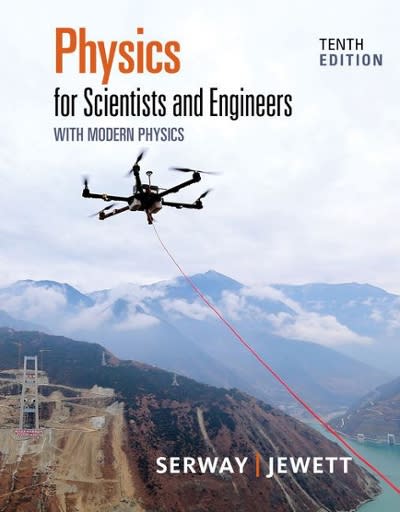Answered step by step
Verified Expert Solution
Question
1 Approved Answer
Answer the following question with steps, thank you Due to COVID restrictions, final exams are currently administered online. For exams that do not use invigilation
Answer the following question with steps, thank you

Step by Step Solution
There are 3 Steps involved in it
Step: 1

Get Instant Access to Expert-Tailored Solutions
See step-by-step solutions with expert insights and AI powered tools for academic success
Step: 2

Step: 3

Ace Your Homework with AI
Get the answers you need in no time with our AI-driven, step-by-step assistance
Get Started


